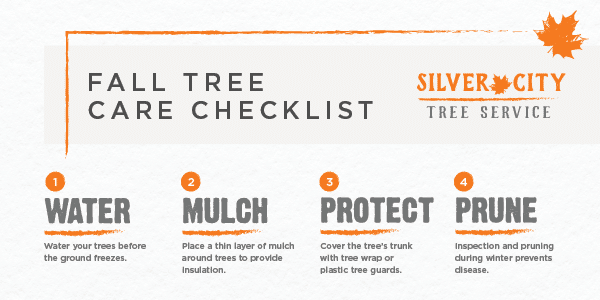Seasonal Tree Maintenance: Standards For Taking Care Of Trees Before And After They Are Gotten Rid Of
Seasonal Tree Maintenance: Standards For Taking Care Of Trees Before And After They Are Gotten Rid Of
Blog Article
Composed By-
When it comes to seasonal tree treatment, making sure proper monitoring before and after removal can substantially impact the health and looks of your landscape. By comprehending the essential actions involved in examining tree wellness and planning for elimination, you can proactively safeguard your residential property. But what about the essential practices to follow when the tree is gone? Keep tuned to find the crucial post-removal treatment procedures that will certainly help you cultivate a growing and sustainable environment for your trees.
Pre-Removal Tree Treatment
Prior to dealing with the removal of a tree, it's critical to prioritize pre-removal tree treatment. Begin by analyzing https://cut-down-pine-trees-for-f17273.bligblogging.com/31777932/the-ultimate-guide-to-tree-particles-elimination-tips-and-methods and architectural stability. Look for signs of condition, pest infestations, or any architectural problems that might pose a safety risk during elimination. It's vital to speak with a licensed arborist to figure out the best course of action.
Pruning dead or unhealthy branches can prevent more damages to the tree and guarantee a smoother elimination procedure.
Furthermore, consider the environmental influence of getting rid of the tree. the maintenance guys play a crucial function in our community, so growing a brand-new tree in an ideal area can help counter any type of loss. Ensure that you have the needed authorizations and approvals for tree elimination, specifically if the tree is secured by local policies.
Seasonal Maintenance Tips
Examining your tree's requirements throughout the year is essential for its health and wellness and longevity. To keep your trees in top condition, follow these seasonal upkeep suggestions.
In springtime, concentrate on pruning to eliminate dead or damaged branches and motivate brand-new growth.
Summer asks for routine watering, particularly during droughts, to guarantee your tree remains hydrated.
As loss techniques, keep an eye out for early indications of condition or anxiety, and think about applying compost to secure the roots throughout winter months.
In wintertime, be cautious when getting rid of snow from branches to avoid breakage, and continue to monitor your tree's overall health and wellness.
Keep in mind to readjust your treatment regular based on the particular needs of your tree species and regional climate. By staying alert and aggressive throughout the seasons, you can aid your trees flourish and prosper for many years to come.
Post-Removal Tree Treatment
To make certain the health and wellness of your landscape also after tree removal, correct post-removal treatment is necessary. After a tree is removed, it's crucial to fill the remaining opening with topsoil and compact it to avoid settling. This will certainly help keep the honesty of the ground and stop possible threats in the future.
Consider growing brand-new plant life in place of the gotten rid of tree to restore the balance and visual appeals of your landscape. Consistently water the area to promote the growth of new plants and avoid dirt erosion.
Check the bordering trees for any type of indicators of condition or stress that may have been caused by the removed tree. Keep an eye out for insects that could've been brought in to the previous tree and take safety nets to shield the staying plant life.
If necessary, talk to an expert arborist to examine the effect of the removal on the bordering trees and establish any added care required. By following these post-removal care steps, you can ensure the continued wellness and elegance of your landscape.
Verdict
In conclusion, aggressive seasonal tree treatment is essential for maintaining the health and wellness and balance of your landscape. By assessing tree health and wellness, pruning, and seeking advice from an arborist before elimination, you can make sure a risk-free procedure. After elimination, filling up the hole, planting new plants, and routine watering will certainly promote new development and protect against disintegration. Bear in mind to inspect surrounding trees for condition and look for additional treatment procedures from an arborist to keep your landscape growing.
